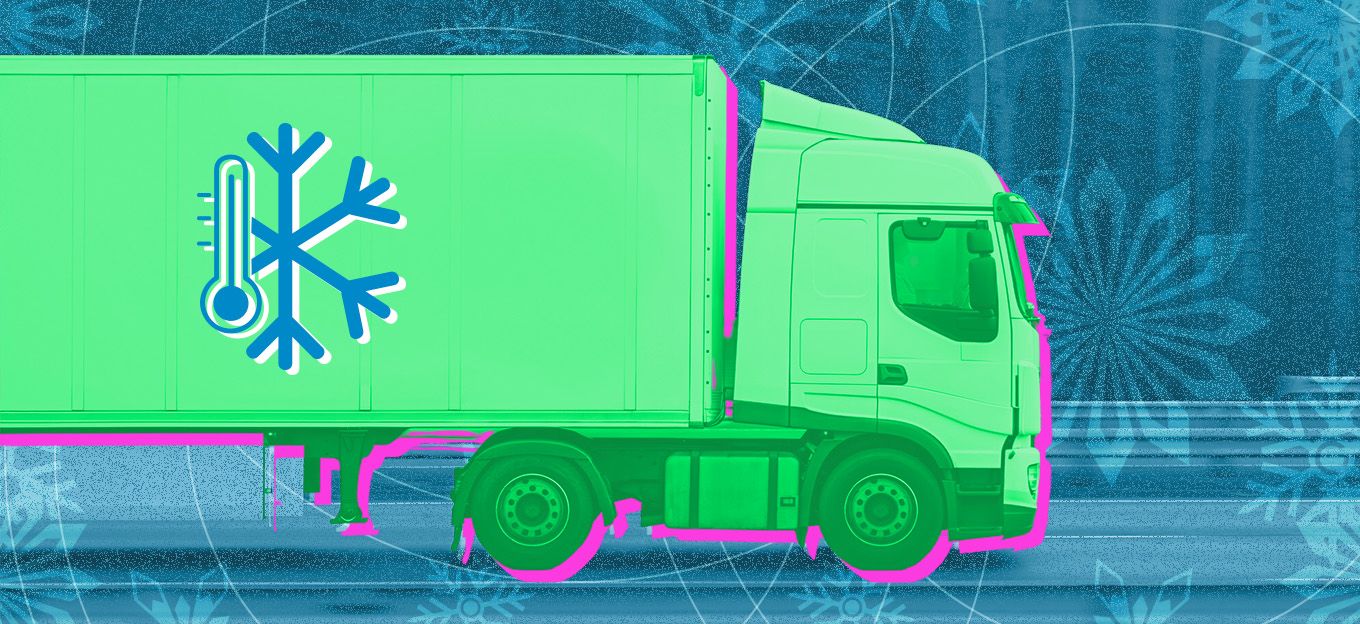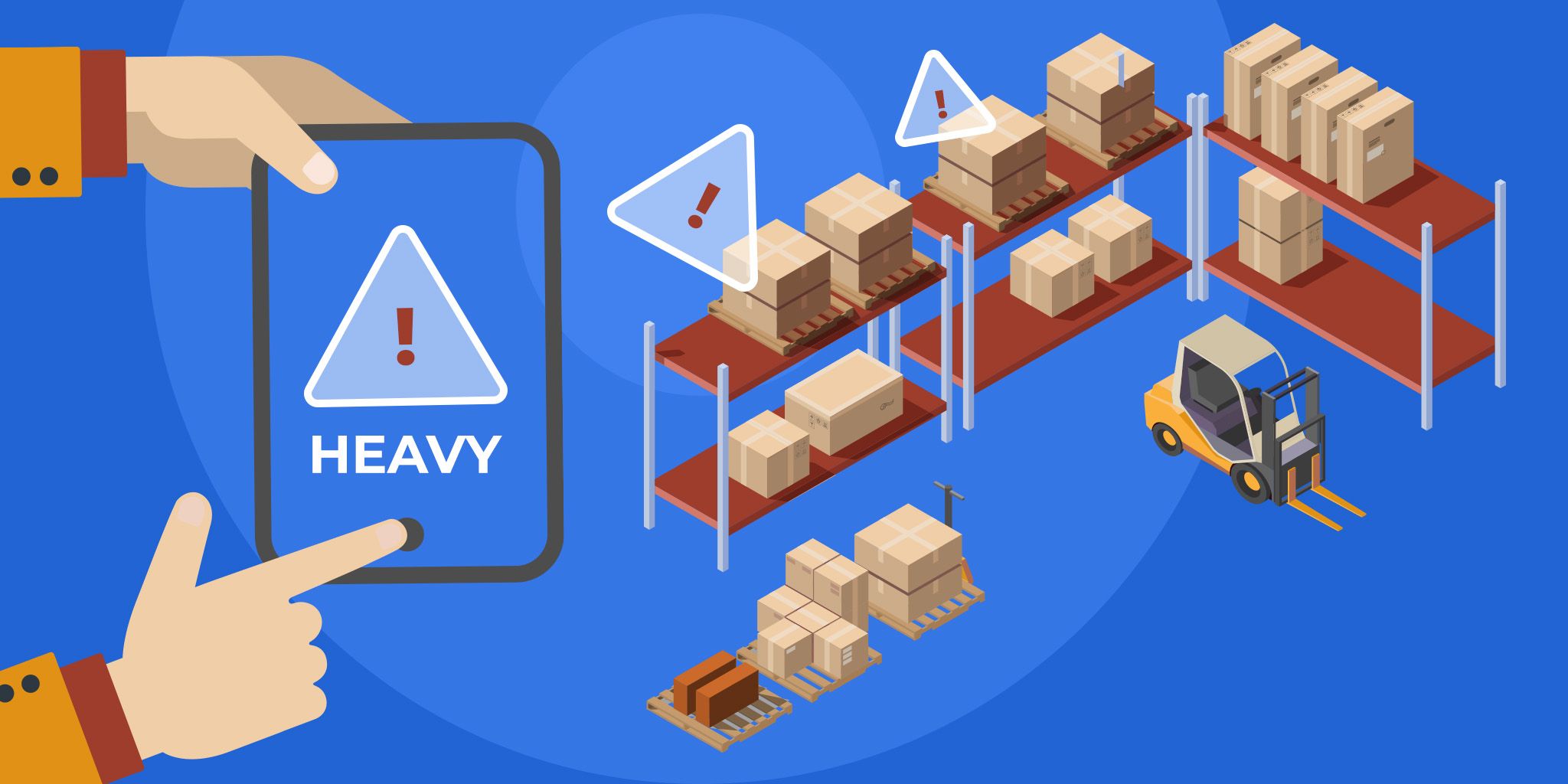How IoT Will Speed Up and Cut Costs in Logistics for 2025
How IoT Will Speed Up and Cut Costs in Logistics for 2025
- Last Updated: June 18, 2025
Sandeep Gade
- Last Updated: June 18, 2025



Logistics is no longer just about moving goods from Point A to Point B. With the rise of IoT, or the Internet of Things, trucks, ships, and warehouses are becoming smarter and more connected than ever before.
From real-time shipment tracking to monitoring cold chain temperatures, IoT is transforming every part of the logistics process. In 2025, these innovations are helping companies deliver faster and operate leaner, saving both time and money.
Better data means better decisions. With IoT, logistics teams can spot issues before they become costly delays, automate routine tasks, and reduce waste across the supply chain. In this post, we’ll explore how IoT is changing logistics, the key technologies driving it, and what businesses can expect as adoption accelerates in 2025.
The Role of IoT in Today’s Logistics Landscape
IoT is quietly reshaping the backbone of global trade. Companies are embedding sensors and connected devices throughout their supply chains, enabling smarter decisions and faster responses. This shift is turning long-standing logistical headaches into opportunities for efficiency and cost savings.
Let’s dive into how this technology works, the core tools behind it, and how it’s expected to evolve in the near future.
What Is IoT in Logistics?
At its core, IoT refers to networks of physical objects that collect and exchange data. In logistics, these “things” might be vehicles, containers, pallets, or even individual packages. Connected via sensors, tags, and trackers, they constantly share updates about their condition and location.
Key IoT Technologies Driving Logistics Forward
- Smart Sensors: Monitor temperature, humidity, shock, and movement in real time.
- RFID Tags & Smart Labels: Automate inventory tracking with a simple scan.
- GPS Trackers: Deliver precise, continuous location updates for shipments.
- Telematics Systems: Provide insights into vehicle performance and driver behavior.
- Cloud Platforms: Aggregate data from across the supply chain into centralized dashboards for faster decision-making.
These tools eliminate the need for manual checks, helping teams move faster, avoid errors, and respond immediately when something goes off track.
Common Logistics Challenges—and How IoT Solves Them
Despite tech upgrades, logistics still faces plenty of familiar roadblocks. Here’s a look at common issues and how IoT helps resolve them:
- Late or Lost Shipments: Without visibility, delays or missing packages go unnoticed until it’s too late. IoT-enabled tracking provides live updates, reducing surprises.
- Spoilage or Product Damage: Perishables and fragile items are at risk during transit. Smart sensors monitor conditions continuously and alert teams if thresholds are exceeded.
- Empty Returns: Trucks returning empty waste fuel and time. IoT can match trucks with new loads mid-route, improving efficiency.
- Manual Paperwork: Paper-based processes slow things down and cause errors. Digitized IoT systems streamline documentation and record-keeping.
- Rising Fuel and Maintenance Costs: IoT-powered telematics help optimize routes and detect maintenance needs before vehicles break down.
With greater transparency and automation, businesses can stay ahead of problems instead of reacting to them after the damage is done.
Where IoT Adoption Is Headed by 2025
The pace of IoT adoption in logistics is speeding up. While early pilots have been promising, 2025 is the year smart logistics goes mainstream.
Here’s what’s on the horizon:
- Widespread Use of IoT Trackers: Major logistics players will equip most of their fleets and containers with real-time trackers.
- Growth of Automated Warehouses: Robots, conveyors, and smart bins will operate alongside humans to boost speed and accuracy.
- Affordable Tech for Small Businesses: IoT devices are becoming more budget-friendly, allowing smaller logistics providers to join the digital wave.
- Data-Sharing Across Partners: Expect smoother collaboration between carriers, shippers, and retailers through shared IoT data platforms.
- Smarter Routing Decisions: AI and IoT data will power real-time delivery adjustments, shaving off delays and costs.
IoT tools will become as standard in logistics as GPS or email, driving an industry-wide shift toward faster, more efficient operations.
How IoT Is Delivering Speed and Savings
Let’s look at the practical, high-impact areas where IoT is making logistics faster and cheaper.
1. Real-Time Asset Tracking and Fleet Management
Imagine knowing where every truck, trailer, or shipment is—right now. GPS and IoT sensors make this a reality. These tools deliver continuous updates, giving managers a live map of their assets.
Benefits include:
- On-the-fly route changes to avoid delays
- Quicker response to shipment issues or theft
- Reduced losses with condition monitoring (e.g., temperature-sensitive goods)
- Lower insurance costs thanks to better risk management
Fleet dashboards also show fuel consumption, engine health, and driving habits, helping optimize performance and reduce wear and tear.
2. Predictive Maintenance to Prevent Breakdowns
Vehicle downtime is a major logistics cost. IoT systems keep a close eye on delivery trucks by tracking tire pressure, fluid levels, engine temperature, and more.
By flagging early warning signs, IoT allows teams to fix small problems before they become big ones. The results speak for themselves:
- Fewer breakdowns
- Reduced repair costs
- More predictable delivery schedules
Predictive maintenance extends vehicle life and keeps fleets running like clockwork.
3. Smart Warehousing and Inventory Automation
Warehouses are also getting an IoT upgrade. Sensors, scanners, and automated systems are helping teams manage stock levels, avoid spoilage, and fulfill orders faster.
IoT in warehousing enables:
- Real-time inventory tracking with automatic alerts
- Smart shelves that detect when items are missing or misplaced
- Warehouse robots that locate, pick, and pack items with minimal error
By removing manual steps, warehouses can move goods more quickly and reduce costly mistakes—especially during peak demand periods.
Market Outlook: IoT in Logistics Through 2031
As per Transparency Market Research, The business case for IoT in logistics is clear—and the market numbers back it up. The global IoT-powered logistics market was valued at US$ 44.6 Bn in 2022. It is projected to grow at a CAGR of 12.4% from 2023 to 2031, reaching US$ 125.9 Bn by the end of 2031.
This explosive growth is fueled by increasing pressure to cut delivery times, optimize fleets, and enhance visibility in the face of global supply chain disruptions. As more companies adopt smart logistics solutions, the benefits will compound, creating an industry that’s faster, more agile, and cost-efficient.
Final Thoughts
IoT is doing more than adding gadgets to the supply chain—it’s rewiring the way logistics works. From real-time tracking to predictive maintenance and smart warehouses, IoT delivers the tools companies need to stay competitive in a fast-paced world.
In 2025 and beyond, logistics firms that embrace connected technology will have a clear edge: faster deliveries, tighter control, and lower costs. As the industry continues to evolve, one thing is certain—smart logistics is here to stay.
The Most Comprehensive IoT Newsletter for Enterprises
Showcasing the highest-quality content, resources, news, and insights from the world of the Internet of Things. Subscribe to remain informed and up-to-date.
New Podcast Episode

What is Hybrid Connectivity for IoT?
Related Articles




